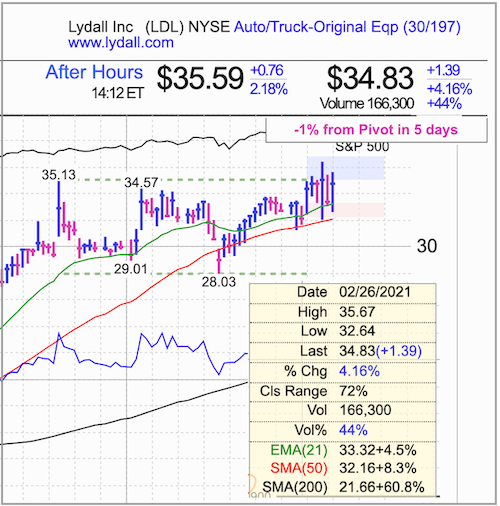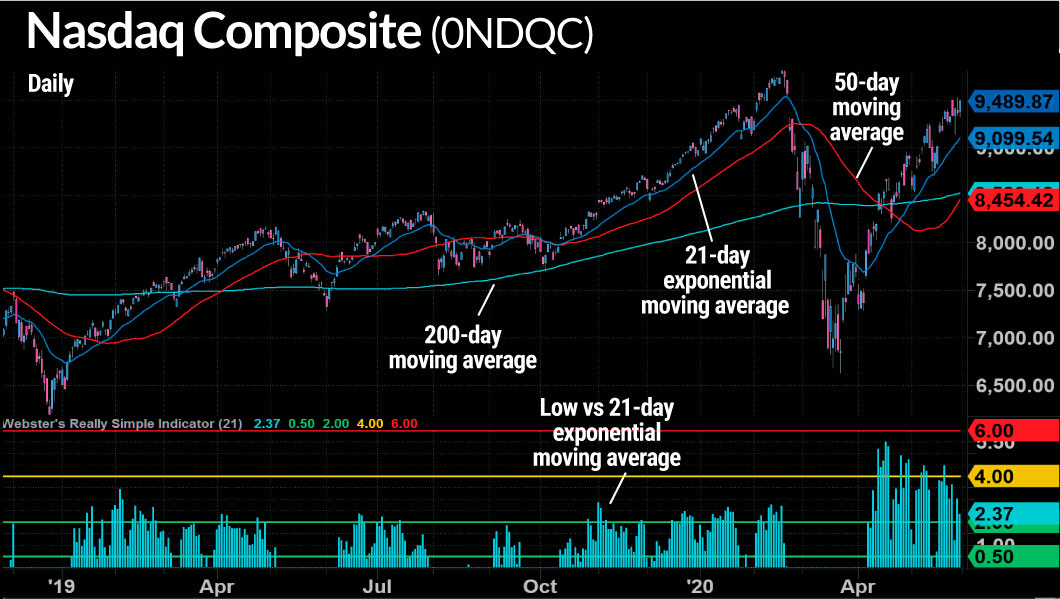New Concepts in Technical Trading Systems, originally published in 1978 by J. Welles Wilder, is an excellent book to dig into technical analysis. One of Wilder’s most well known indicators is the Relative Strength Index (RSI).
The RSI is an oscillator that measures the velocity of directional price movement. When it moves up very quickly, eventually it will be considered overbought, the opposite for oversold. In these scenarios, a reversal may be forthcoming. In addition, the RSI is often used to view areas of divergences.
Here’s how Wilder defined the RSI:
RS = Average of 14 day’s closes up / Average of 14 day’s closes down
RSI = 100 - (100 / 1 + RS)
Continue reading


